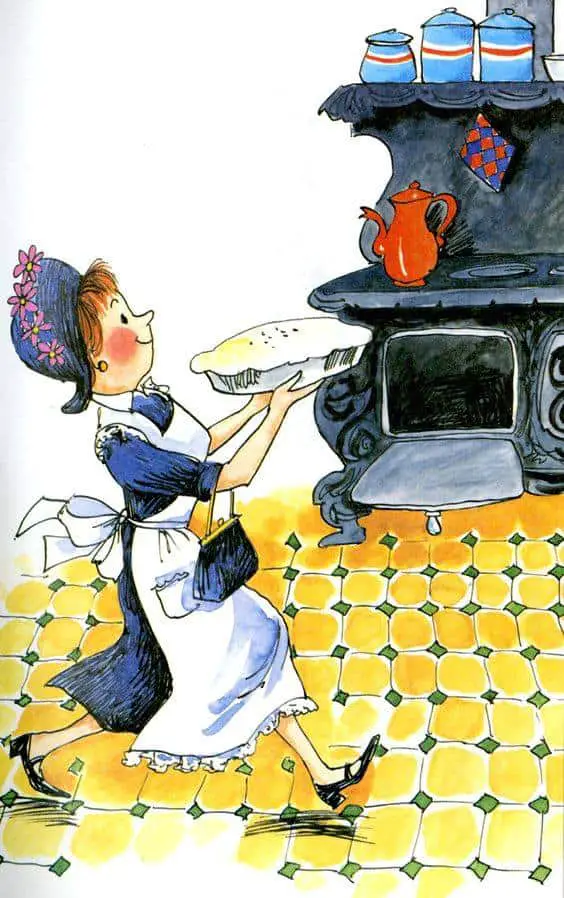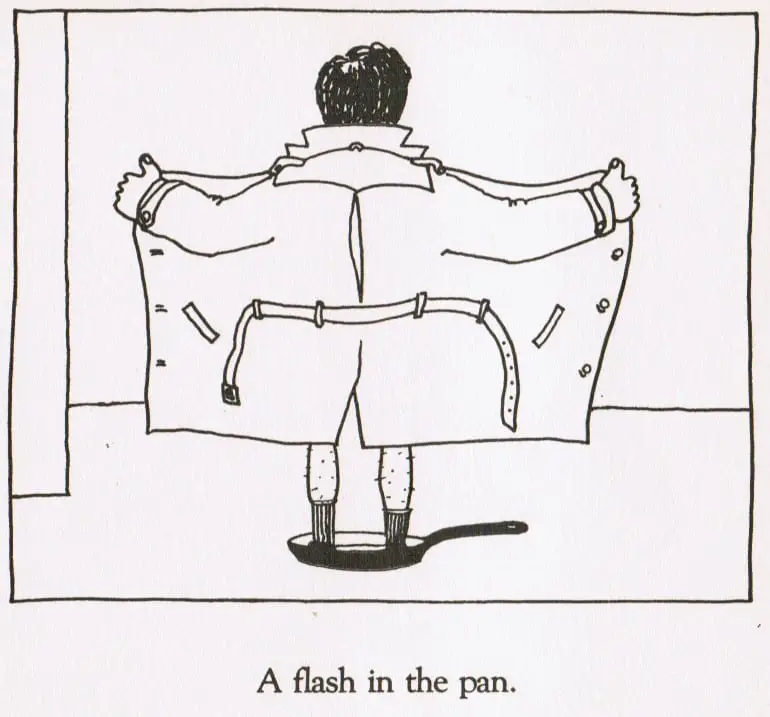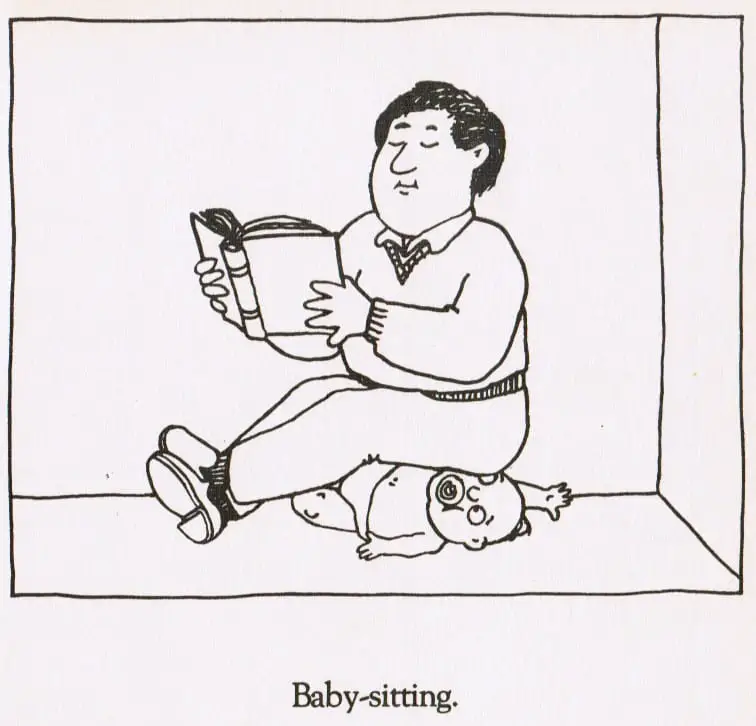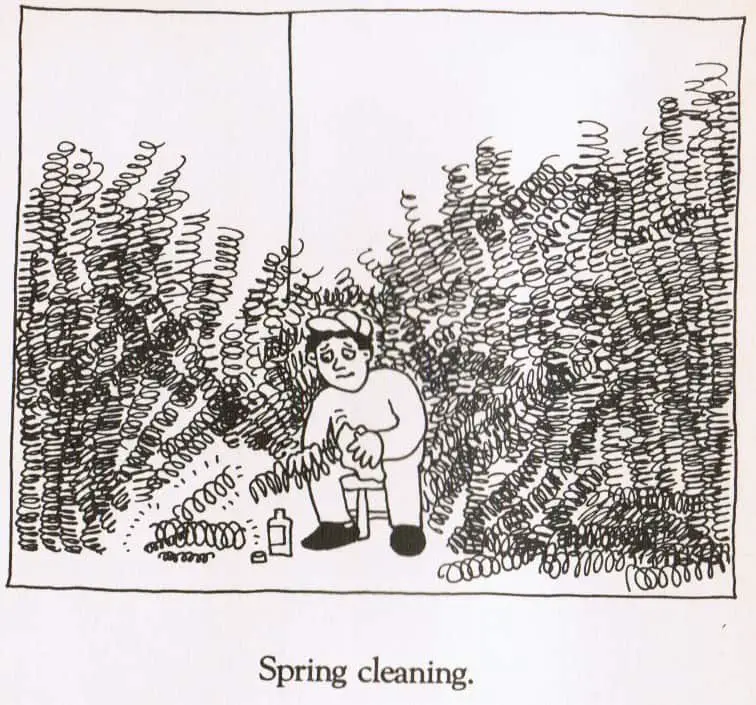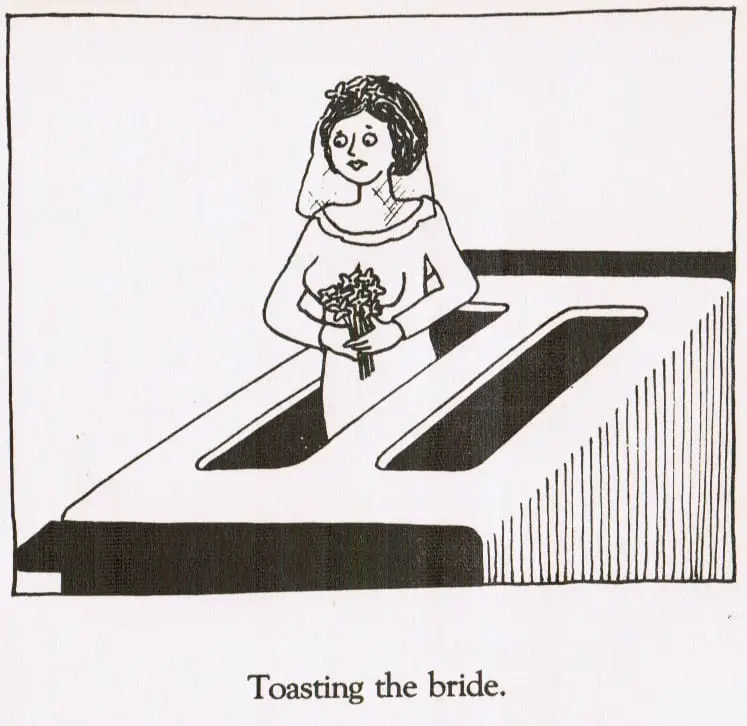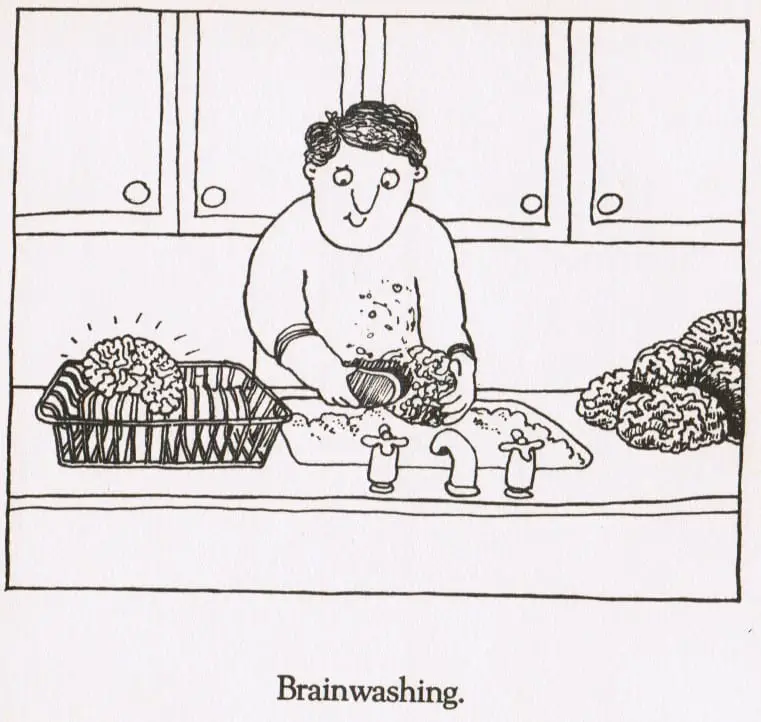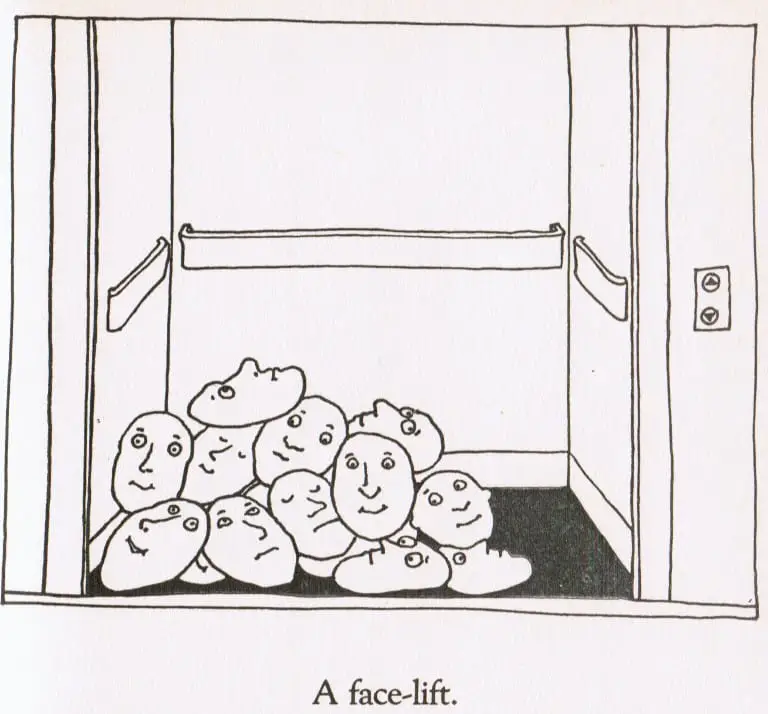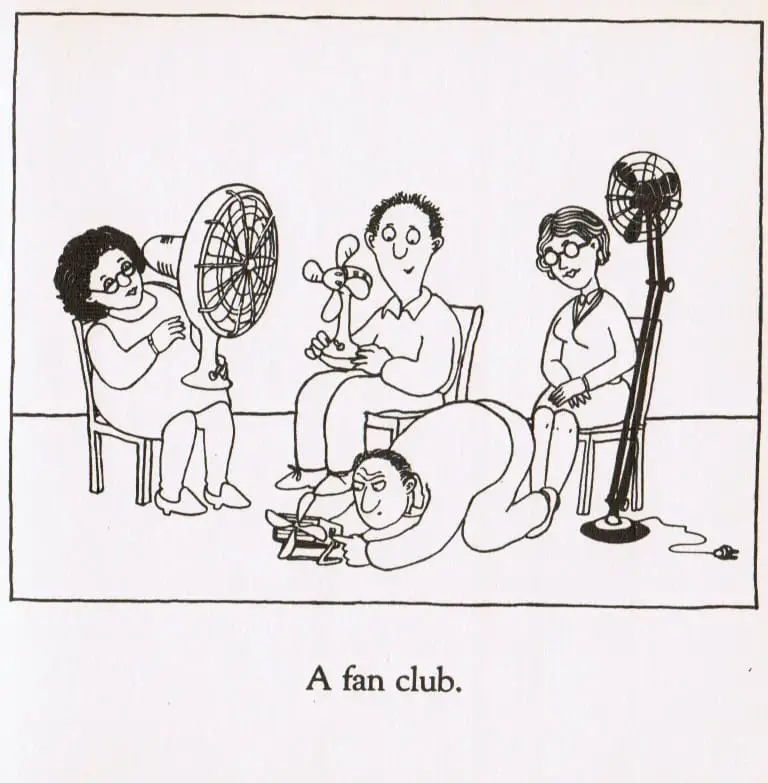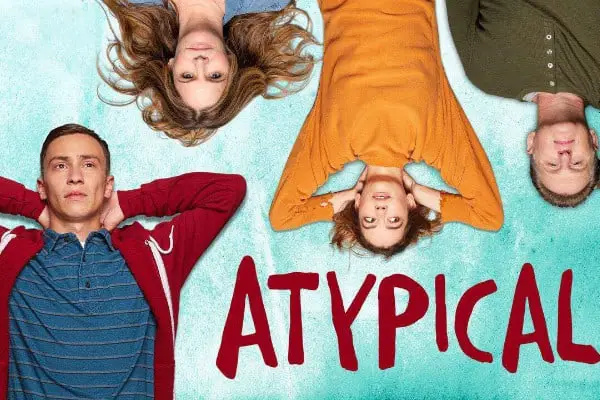Humorous stories about characters who find themselves in strife after taking instructions too literally are old stock comedy fodder. One of the earliest recorded in Europe is the fairytale Clever Hans — an ironic title, because Hans is a fool. Hans does something stupid, his mother tells him to do it differently next time. But when Hans applies the previous bit of commonsense advice to the new, slightly different situation, this leads to different trouble. Trouble increases in magnitude until he ruins his life.
If you’re anything like me, Clever Hans as a humorous tale doesn’t work. It feels outdated, by centuries. One problem is the heinous nature of the repercussions. Hans ‘stupidly’ plucks out the eyeballs of the farm animals — an example of foolishness which seems cruel rather than funny to me.
But has the archetype of the overly literal fool gone out of fashion? Not at all. In fact, we’re having a bit of a renaissance. I suspect this is partly to do with increasing autism awareness (which is a different thing entirely from autism acceptance). The stereotypical autistic person, promoted by the contemporary corpus of fiction is:
- White
- Male
- Good at maths/fixing and hacking computers/memorising facts about specialty area
- Non-empathetic
- And overly literal, to his own detriment
CASE STUDY: ATYPICAL
Sam of Netflix’s Atypical series is an excellent showcase of this popular — but ultimately shallow — understanding of level one autism:
Sam is a basically a human whiteboard illustrating the triad of impairments. He talks in a somewhat rat-a-tat monotone voice (demonstrating atypical verbal development), can’t understand social cues and takes everything very literally (social and emotional difficulties), and has obsessions (imaginative restriction or repetitive behaviour), which manifests in his case as an all-consuming interest in Antarctica and the Arctic and all the fauna of those environments, especially penguins.
What Netflix Comedy Atypical Gets Right and Wrong About Autism
Overly literal interpretation of language is not a characteristic shared by every person with a diagnosis of autism. Many autistic people can throw sarcasm with the best of them. Satire — top level comedy — is not lost on autistic people. At the moment, any overly literal comedic character tends to have a pop-culture diagnosis of autism whether the creators declare that or not. The Big Bang Theory is an excellent example of that phenomenon.
This is why I am delighted to see brilliant Australian comedian Hannah Gadsby has revealed her autism diagnosis publicly,a generous act, given that she’s now going to be seconded as ambassador for yet another marginalised group, whether she wants to invest all that time or not. Gadsby does not fit the autistic stereotype. Fortunately for us, she has the gift of seeing satire and absurdity at the deepest level, commenting ironically, manipulating audience emotion with fine precision. Gadsby shares this skill with many in the autistic community.
Perhaps this signals the beginning of a more diverse representation of autism in pop-culture. I hope comedy writers will start pushing the boat out when writing autistic characters, beyond mishaps caused by ‘overly literal’ interpretations. It’s far more difficult to pinpoint humour in the very real differences between autistic and neurotypical communication styles. It really does require #OwnVoices level insight.
WHAT’S BEHIND THE STEREOTYPE?
The following observations are from an #ActuallyAutistic perspective:
Autism and Literal Speech
Taking things literally is an extremely famous autistic trait, suggesting that irony, sarcasm, metaphor is entirely beyond us. But these things often aren’t [beyond us at all], so what’s really going on?
In my various communications with autistic folk (quite a lot, considering how anti-social I am) I’ve found increasing evidence that autistic people can recognise figurative, ironic language quite well, most of the time. I think the real story is a bit more complex. Straightforward irony and sarcasm can be pretty clearly signposted in speech after all – the whole ‘nudge nudge wink wink’ thing.
I think autistic people can get pretty adept at spotting these signs and even use them themselves. I’m going to basically think out loud now all the instances where I have taken things literally, to see if a pattern exists. Please join in.
So one type of implication that I *always* run the risk of missing is implied instruction. Such as, ‘ooh it’s got dark’ meaning ‘put the light on’ or ‘well, someone has to do it’ meaning ‘I want you to do it’. I miss this kind of thing very frequently. However, I don’t tend to miss implied criticism at all. In fact, I’m liable to hear it even when it isn’t there. All the time.
So what’s the difference? I think it’s to do with interaction with other mental states. The implicit instruction one is demanding some action as a result, and I think autistic people have a great deal of inertia a lot of the time that slows us changing tasks. This makes picking up on and acting on implicit instructions even less likely? Whereas picking up on criticism fits nicely with the sort of C-PTSD we often pick up from our endless failed interactions with neurotypical people — we become very very sensitive to such things and have been conditioned to expect criticism – is that just me?
Similarly, I tend to totally misunderstand sarcastic criticism. Like if a friend says, jokingly, that something I did was crap, I’d unfailingly take this to heart. I’ve tended to avoid people who like using this sort of humour. Whereas sarcastic praise is fine. I can handle that, even though it’s critical. It’s very confusing.
Another type of thing I’ll misunderstand is exaggeration. I’ll always take it at face value. If someone says they’ve had the worst day ever, I’ll believe that and be horrified for them. Anyone else do this? It’s like my brain doesn’t accept exaggeration as an option. So many times I’ve been amazed that people have seemingly recovered so quickly from what they described as dreadful, terrible things. I just never picked up on the fact they were exaggerating for effect.
Whereas I’m actually very good at identifying when people aren’t telling the truth, especially those little white avoidant lies like ‘I’m fine’ when they’re not. This seems to fit an easy pattern I can handle. I don’t know why. I’m not sure whether there’s a unifying pattern here, but I think that the issues around inference become more complicated when criticism is involved, due to the insidious effects of trauma in autistic people.
Once again it seems possible that an old obvious identifier of autism may actually be inextricably mixed up with the symptoms of trauma, like so many other traits.
We end up wondering what autism would be like without the trauma – how would it present? Maybe one day we’ll find out?
Pete Wharmby on Twitter, @commaficionado
RELATED
Humour in SpongeBob SquarePants
Below, an insight into the pitfalls of using stereotypically autistic tropes to create a character, and why it is problematic to then deny your character is written to be autistic. (Denial may work to get the author off the hook, but does nothing for the autistic community, who can see right through it.)
It’s very trendy, at the moment, to write characters coded as autistic. There have been several hits in books, films and television, that feature a particular kind of character. Usually, though not always, male. Usually, though not always, with savant-type abilities in some suitably nerdy subject. If not a savant as such, they are still very academically gifted. They are socially inept to the point of being flagrantly offensive and oblivious to it. They have no understanding of sarcasm or irony. Usually these characters are written by someone who isn’t autistic. Sometimes they admit that the character is supposed to be autistic, and sometimes they don’t. Claiming that the character isn’t autistic seems to be a good defence against irate autistic people like me saying “can you not with this terrible representation and encouraging people to laugh at us? You know it’s ableist, right?”
Eleanor Oliphant’s Story and Why It Doesn’t Belong To The Author Who Wrote It
